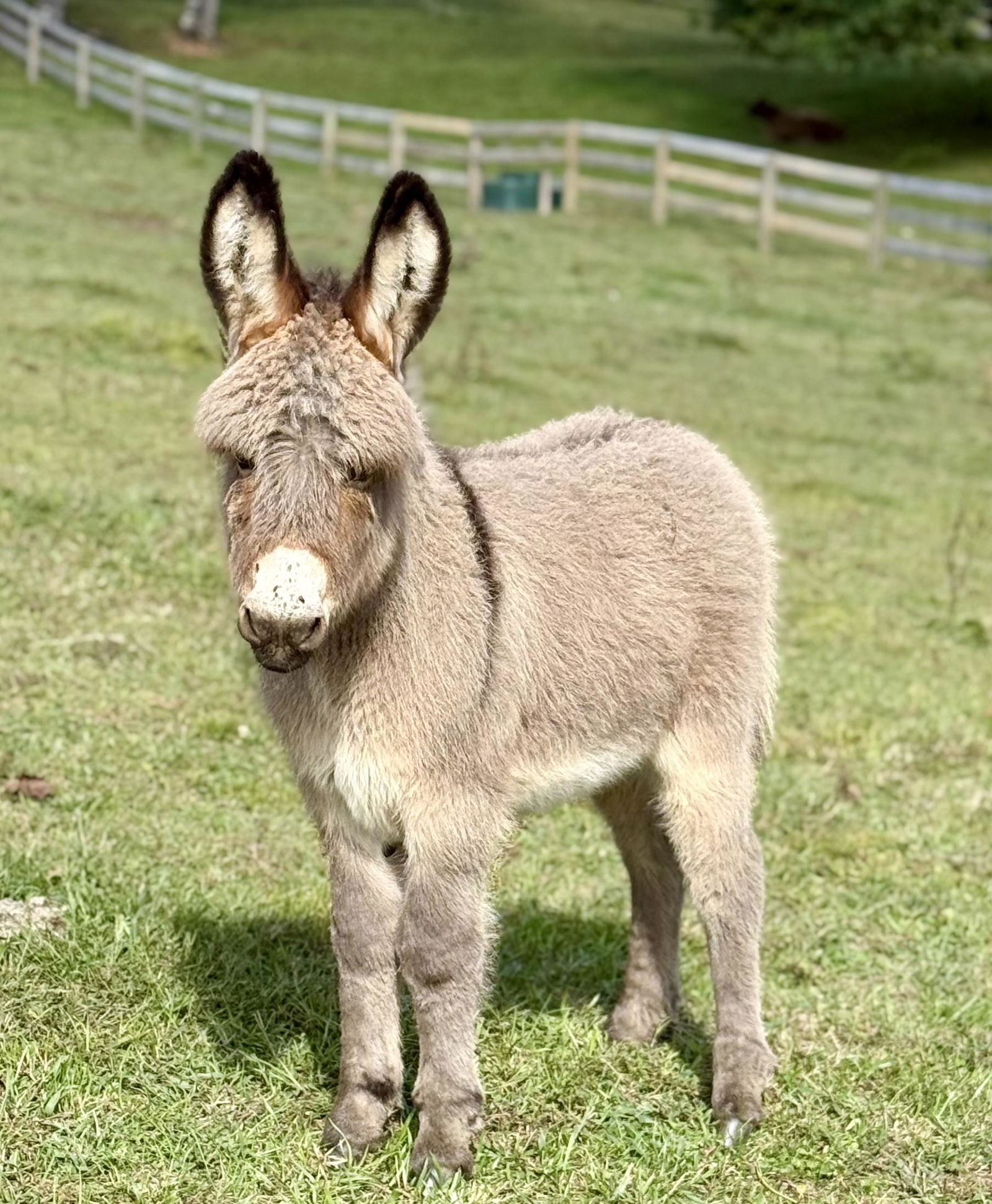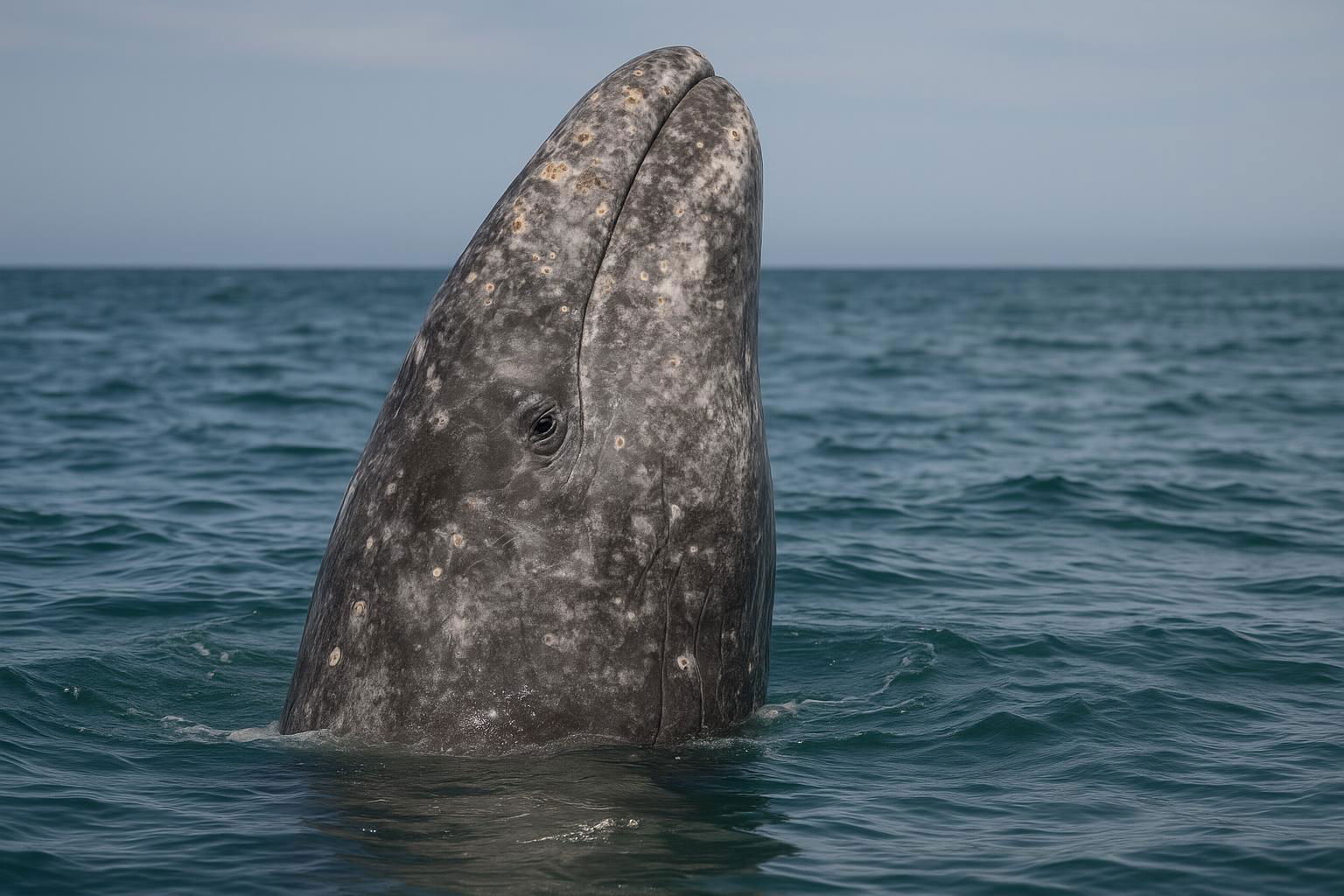
Gray Whale
Eschrichtius robustus
The Gray Whale (Eschrichtius robustus) is a notable cetacean species recognized for its remarkable migration patterns and distinctive appearance. Adult Gray Whales typically reach lengths of up to 49 feet (15 meters) and can weigh as much as 90,000 pounds (41,000 kg). Their skin is mottled gray and covered with patches of barnacles and whale lice, giving them a rugged texture. Gray Whales are baleen whales, lacking teeth and instead using baleen plates to filter small crustaceans, such as amphipods, from the ocean floor— a feeding strategy that sets them apart from many other large whales.
Gray Whales are known for their extensive migratory behavior, undertaking one of the longest migrations of any mammal. They travel approximately 10,000–12,000 miles (16,000–19,000 km) round-trip each year between their feeding grounds in the frigid waters of the Bering and Chukchi Seas and their breeding and calving lagoons along the coasts of Baja California, Mexico. This journey is characterized by remarkable endurance and navigational skill.
Gray Whales have a fascinating social structure, often seen in small pods or pairs, especially during migration. They have a range of vocalizations and behaviors, such as spyhopping, breaching, and lobtailing, that make them a favorite among whale watchers. Once hunted to the brink of extinction in the early 20th century, Gray Whales have made a significant recovery due to international protections and conservation efforts and are now a symbol of successful wildlife management. However, they still face threats from habitat changes, entanglement in fishing gear, and the effects of climate change, requiring ongoing conservation vigilance.

 All Species & Breeds
All Species & Breeds
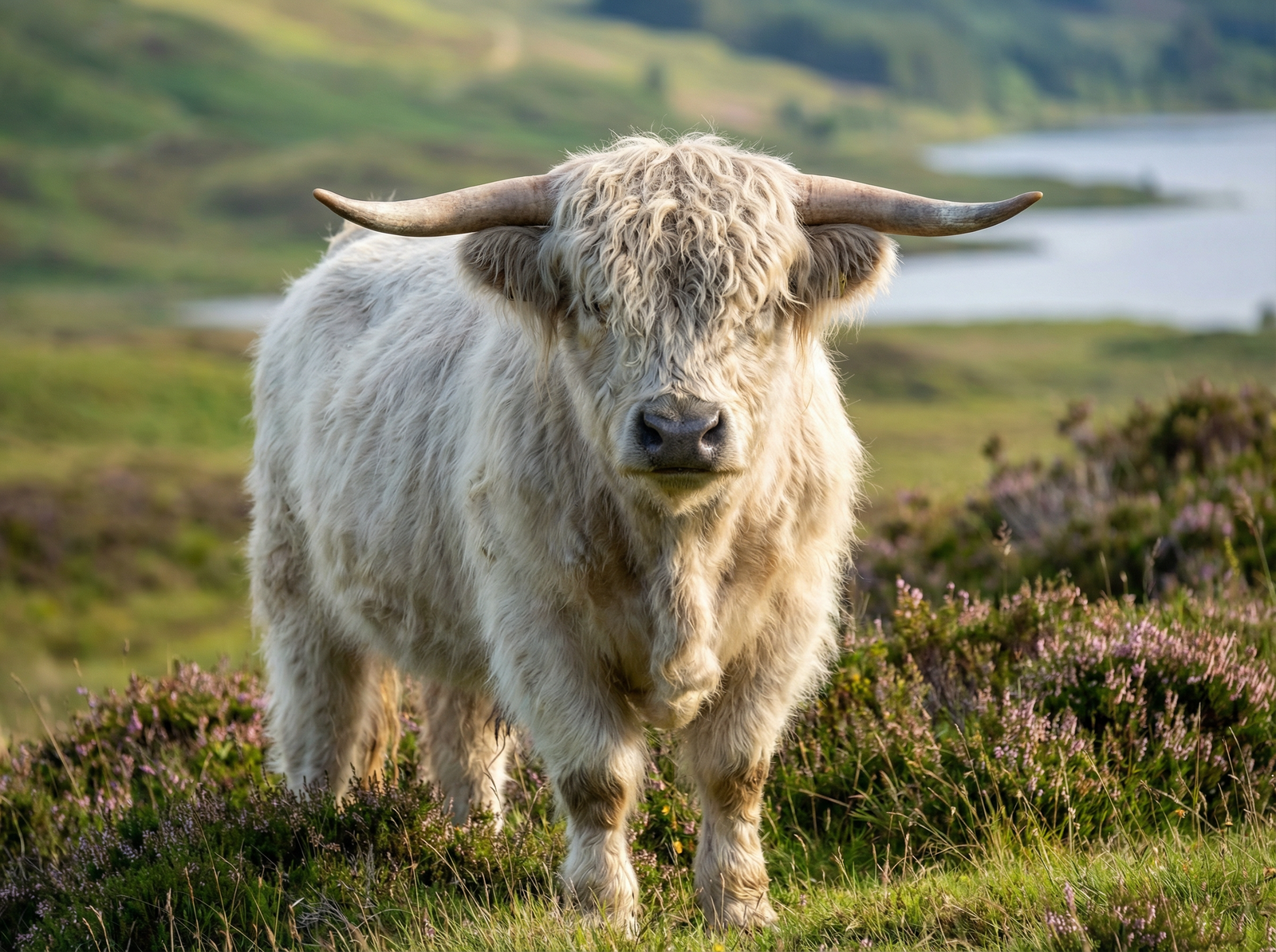 Highland Cattle
Highland Cattle
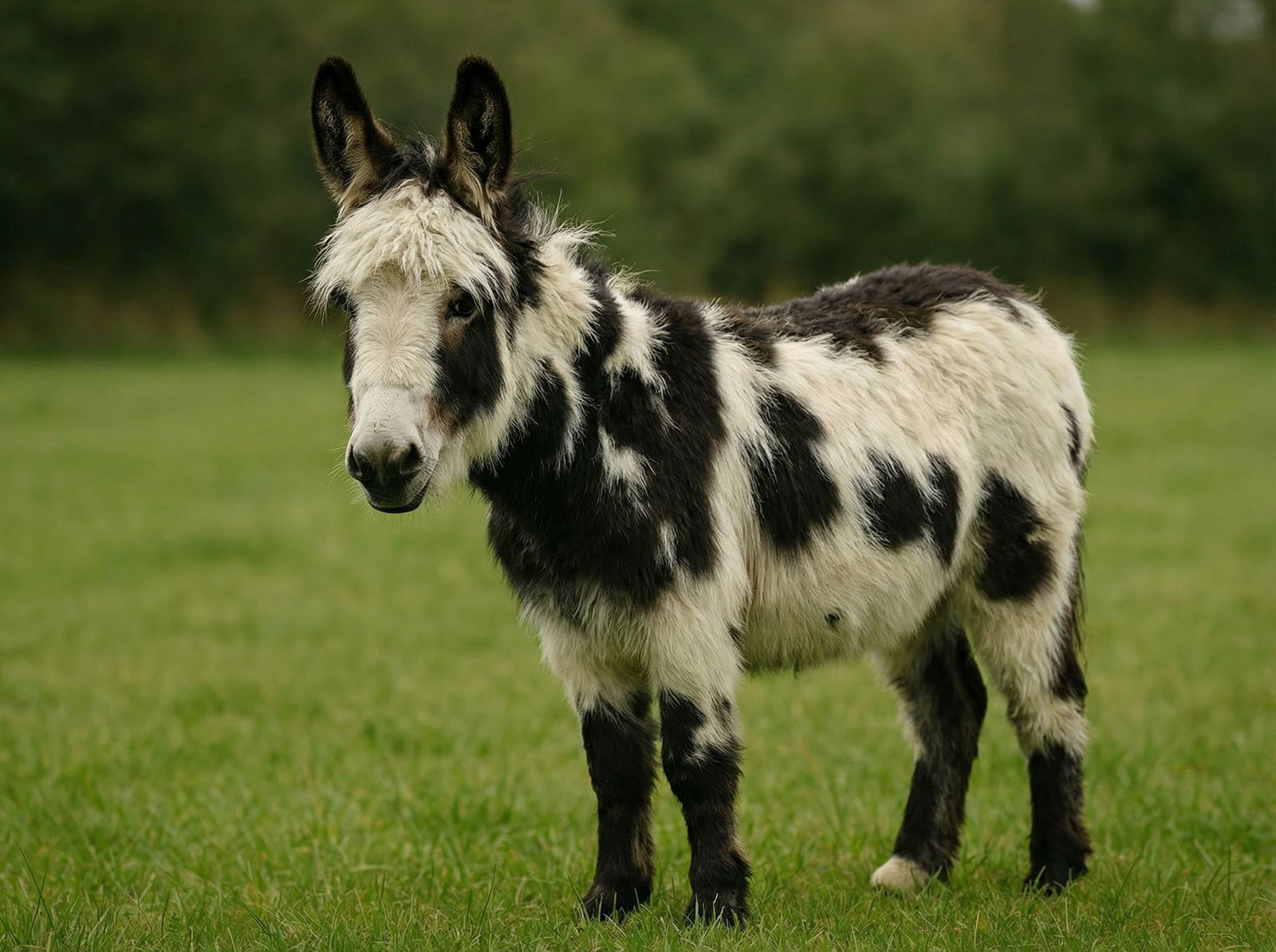 Miniature Donkeys
Miniature Donkeys
 All Species Directory
All Species Directory
 Highland Cattle in Virginia
Highland Cattle in Virginia
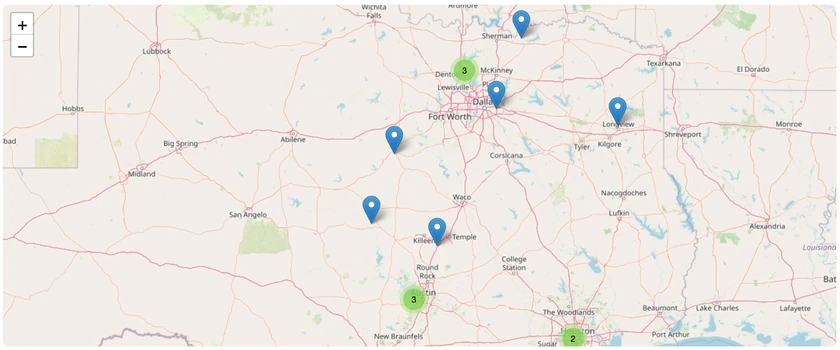 Miniature Donkeys in Texas
Miniature Donkeys in Texas


